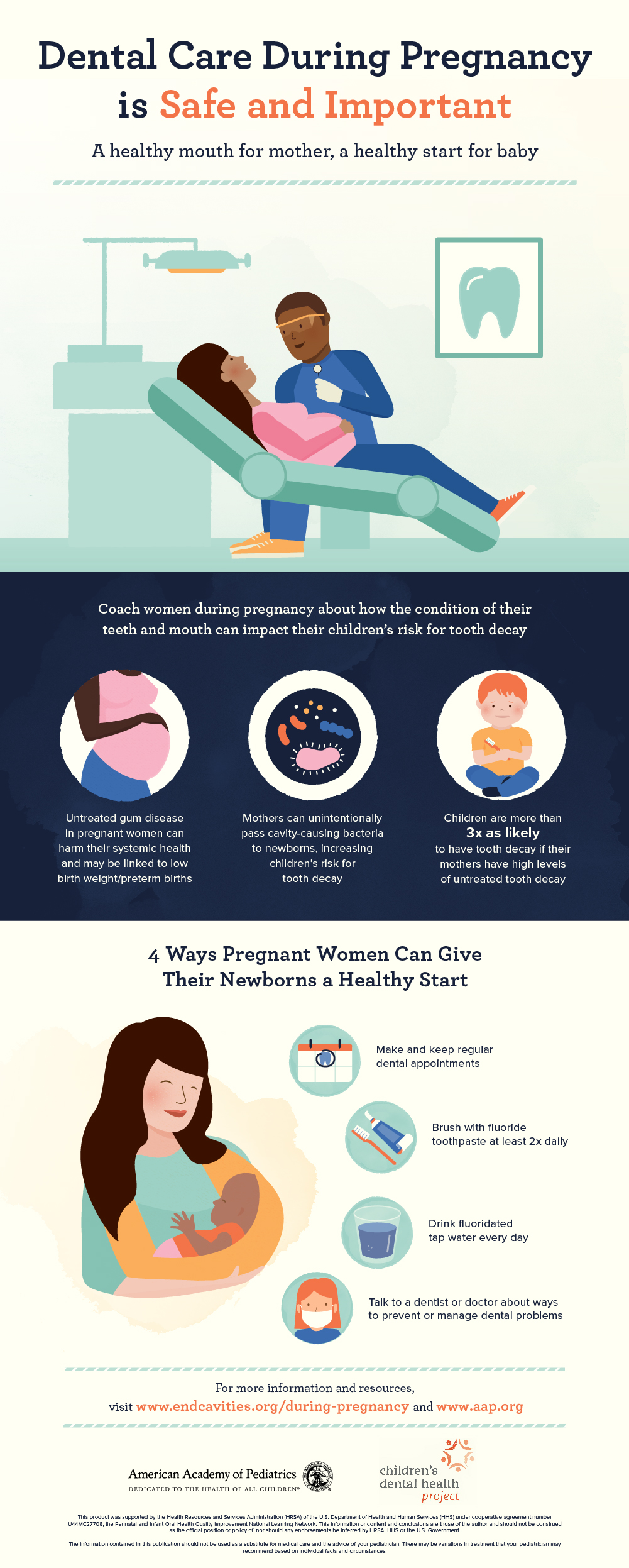Invisalign Vs. Conventional Braces: A Thorough Contrast
Invisalign Vs. Conventional Braces: A Thorough Contrast
Blog Article
Material Author-Field Duran
When faced with the decision in between Invisalign and typical braces, you might question which alternative lines up much better with your way of life and choices. how long do wisdom teeth take to come through the gum includes more than just the aesthetic allure; it explores aspects like therapy period, comfort, and lasting dental health results. Think about the impact each option might have on your daily regimen and self-esteem. As we check out the detailed comparison, you'll get understandings right into the subtleties that make these orthodontic treatments distinct and discover which one might be the better suitable for you.
Products and Building and construction
When comparing Invisalign to typical braces, the products and building differ substantially. Invisalign contains clear, smooth plastic aligners tailor-made to fit your teeth. These aligners are practically unnoticeable, making them a popular selection for those seeking a more discreet orthodontic therapy.
On the other hand, conventional dental braces include steel braces that are glued to your teeth. These braces are after that linked by cables and rubber bands, using stress to gradually shift your teeth right into the preferred position.
The building of Invisalign aligners enables an extra comfy fit compared to typical dental braces. The smooth plastic product minimizes inflammation to your cheeks and gum tissues, which is a common issue with metal braces and cables. In More Information and facts , Invisalign aligners are removable, making it simpler to clean and floss your teeth with no obstructions.
In contrast, conventional dental braces are fixed onto your teeth, needing added treatment and time for appropriate maintenance.
Maintenance and Oral Health
The maintenance and oral health practices vary in between Invisalign and typical dental braces because of their distinct design and construction.
With Invisalign, you can get rid of the aligners when eating or brushing your teeth, allowing you to maintain your routine oral health regimen without any blockages. It's vital to comb your teeth after eating prior to placing the aligners back on to stop food bits from getting caught and triggering degeneration.
On the other hand, conventional braces require additional interest to keep your teeth clean. Food particles can quickly get embeded the brackets and cords, bring about plaque accumulation and potential dental cavity. You'll require to utilize unique devices like interdental brushes or floss threaders to tidy between the cables and brackets effectively.
Routine dental check-ups and cleansings are important to guarantee that your dental hygiene is in top condition while putting on traditional dental braces.
Exposure and Aesthetic appeal
Visibility and visual appeals play a significant duty in the contrast between Invisalign and traditional dental braces. When it involves appearance, Invisalign offers a clear benefit over traditional braces. Invisalign aligners are basically invisible, making them a preferred choice for those who prefer a more discreet orthodontic treatment option.
Unlike the noticeable steel braces and wires of traditional braces, Invisalign aligners are transparent and blend in with your all-natural teeth, enabling you to smile with confidence throughout your therapy.
Conventional dental braces, on the other hand, are more noticeable because of their metal elements. While some might opt for vibrant bands to personalize their braces, others might really feel awkward concerning the exposure of these orthodontic appliances. The prominent look of standard dental braces can often impact an individual's self-esteem, especially for grownups in professional settings.
Verdict
In conclusion, when selecting in between Invisalign and conventional dental braces, consider your way of living and preferences. Invisalign offers a very discreet and comfortable choice with easy maintenance, while traditional dental braces provide vivid modification yet might impact self-worth.
Inevitably, the choice ought to be based on what jobs best for you in terms of visual appeals, ease, and comfort. Make certain to speak with your orthodontist to figure out the most ideal treatment for your individual demands.
